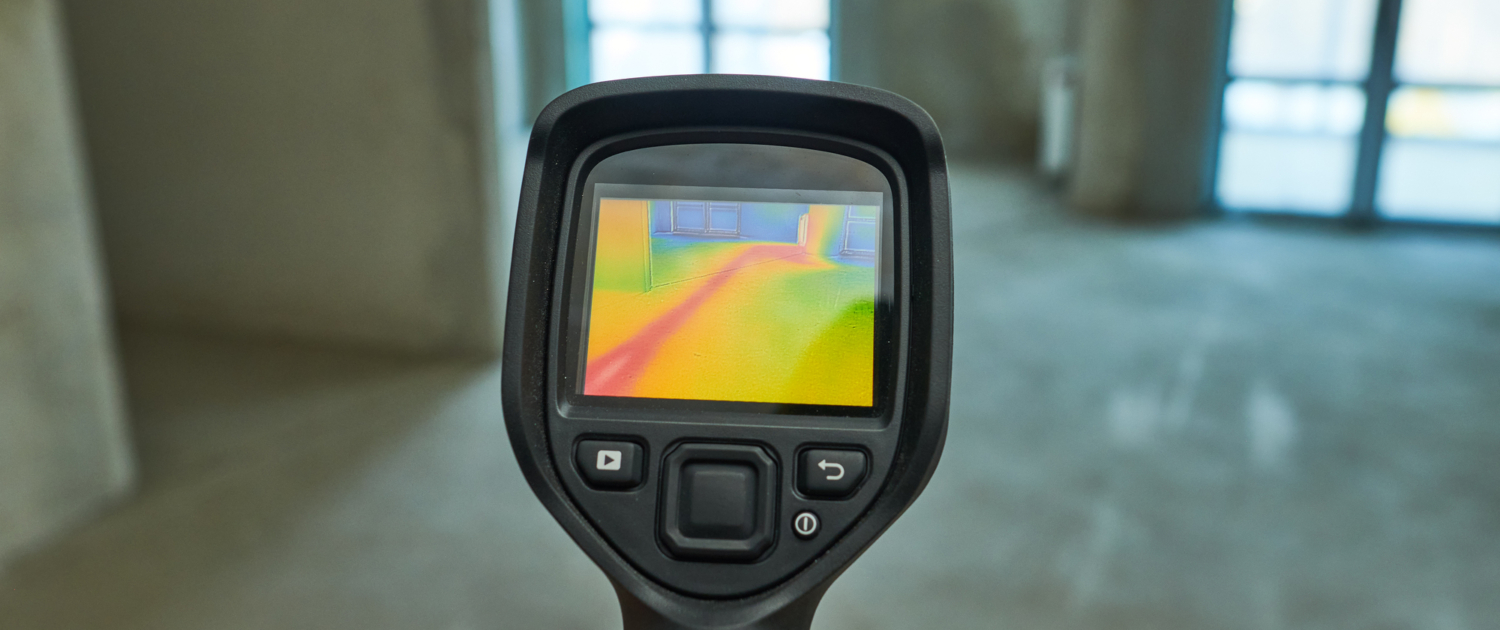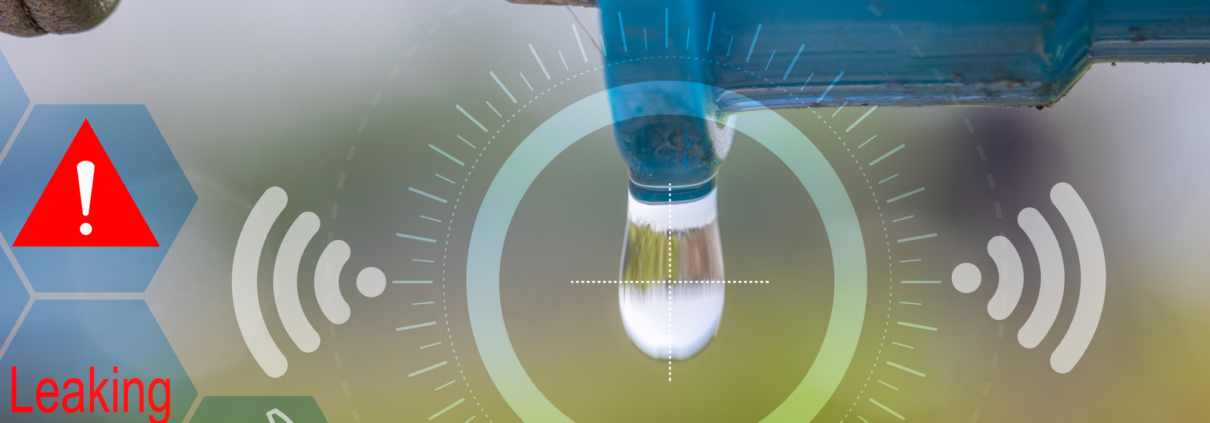Protecting Your Colorado Home’s Well Water System in Cold Weather – Colorado’s mountain homes often rely on well water systems, which are highly efficient but require special attention during the winter months. Freezing temperatures can pose significant risks to these systems, leading to potential water damage and costly repairs. Here’s what you need to know about protecting your well water system, how cold weather can cause problems, and what steps to take in the event of an emergency pipe burst.
How Cold Weather Impacts Well Water Systems
1. Frozen Pipes
Well systems typically involve above-ground and underground components. Pipes exposed to sub-freezing temperatures are at risk of freezing and bursting, disrupting your water supply and causing significant water damage.
2. Pump and Pressure Tank Vulnerabilities
If the pump or pressure tank is located in an uninsulated area, such as a basement or well house, these critical components may freeze, leading to system failure.
3. Damage to Submersible Components
While most well systems have submersible pumps deep underground, extreme cold can still affect shallow well systems or exposed plumbing, especially in improperly insulated setups.
How Water Damage Can Occur
- Burst Pipes
- Freezing water expands, causing pipes to crack or rupture. This can release large volumes of water into your home, damaging walls, floors, and belongings.
- Flooding from Malfunctioning Pumps
- If the pump fails or overpressurizes due to freezing conditions, water may back up or flood indoor spaces.
- Soil Saturation Around the Wellhead
- Frozen ground can prevent proper drainage, causing water to pool around the wellhead and seep into basements or crawl spaces.
Steps to Prevent Well System Issues
1. Insulate Pipes
Wrap all exposed pipes with heat tape or foam insulation, focusing on pipes leading from the well to your home.
2. Install a Heat Source
Use a heat lamp or space heater in well houses or areas where pumps and pressure tanks are located to keep temperatures above freezing.
3. Drain and Winterize
Drain unused outdoor water lines, and disconnect garden hoses to prevent backflow into the system.
4. Keep the System Running
Allow a trickle of water to flow through faucets during extreme cold to keep pipes from freezing.

Steps to Take During an Emergency Pipe Burst
1. Shut Off Power to the Well System
Locate your well’s power supply and turn it off to prevent further damage or electrical hazards.
2. Turn Off the Main Water Valve
Immediately shut off the main water valve to stop the flow of water and minimize flooding.
3. Open Faucets
Open all faucets to drain remaining water from the pipes and relieve pressure.
4. Mitigate Water Damage
Use towels, a wet/dry vacuum, or a sump pump to remove standing water. Clear the area to prevent further damage to belongings or structural elements.
5. Contact Professionals
Call a water damage restoration expert like American Restoration to assess and mitigate water damage. If the issue affects your well system’s components, consult a licensed well contractor for repairs.
Here are some locate well system contractors:

Why Choose American Restoration?
At American Restoration, we understand the unique challenges of living in Colorado’s mountain communities. With decades of experience, we’re here to help you navigate water damage emergencies and protect your home from the harsh effects of winter weather. Whether you need immediate assistance or preventive advice, our team is just a call away. (303) 816-0068
Taking proactive steps now can save you from costly repairs and stress later. Protect your well water system this winter and rest easy knowing help is available when you need it most!



